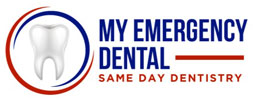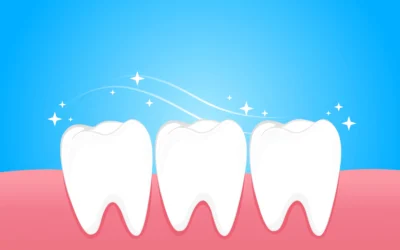Our mouths are busy places! They communicate, smile, and chew all day long. Like a reliable car, mouths deserve both attention and maintenance. When we don’t take time to care for our mouths, some uncomfortable and odd things can happen. Dryness, decay, and damage are just a few.
What happens to our teeth also impacts our jaw, and jaws, unlike our teeth, are made of bone. While teeth look and feel like bone, they aren’t. Still, where there is trauma in our teeth, it will affect the jaw. And that trauma can cause dental bone spurs, also known as spicules.
See, you learn something new every day!
What Causes Them
When we hear of bone spurs, we often think of elderly people sitting out a game of golf because of that darn heel or elbow spur. Generally, bone spurs are ridges or growths that happen where bones meet, such as joints. When things rub the wrong way, the bones break down a little, and the body compensates by sending little bone cells to rebuild. But, they can get carried away and grow a little too much, and thus, a spur is born.
A dental bone spur, or bone spicule, is a bit different. These are not new growing bones, they are usually bone fragments that have been left behind or exposed, and the body needs to work them out.
Bone spicules can result from some dental procedures. They are uncommon and not serious, but here are a few procedures that expose the jaw and carry a risk of a bone fragment being left behind after the work is done.
Tooth Extraction
Teeth are extracted for several reasons. Sometimes there is irreparable decay, and sometimes the teeth are damaged or cracked in an accident and extraction is the only option. When a tooth is extracted, it is removed from the jaw, and bits of bone can break out in the process. Generally, a dentist will flush the socket well, removing any debris. But if a little shard of bone is left behind, you’ve got a spicule, and your body will tell you it is there soon!
Dental Implants
Often an implant follows an extraction. Implants fill the hole left by the extracted tooth and are better for chewing, speaking, and jaw health than a gap in your teeth. But placing one will also mean implanting a rod into your jaw to hold the tooth. (Don’t worry, you won’t feel a thing!) This procedure can create some shards of bone. As with the extraction, these are usually rinsed and vacuumed away by the dentist, but sometimes a little something gets left behind.
Poor Dental Care or Malnutrition
Dental care isn’t just about teeth. Our tongue, cheeks, and gums all need attention and are affected when the teeth are ignored. Gums are especially susceptible to inattention. When the gum line is ignored, particles of food can get lodged in there and cause inflammation. When the teeth and gums aren’t cleaned, that inflammation can cause a receding gum line, which threatens to expose bone if left untreated long enough. This is exceedingly rare, but if the image gets you to brush and floss, our work here is done.
Malnutrition can have the same effect as inattention. When our bodies don’t get needed nutrients, bones weaken, and teeth might loosen and fall out in our mouths. This can leave bone exposed and increase the risk of bone spicules. Again, this a rare scenario but a good reason to make healthy food choices.
But, how do you know if you have one?
Trust us, you’ll know.
What They Feel Like
Our bodies are miraculous machines of healing. When they recognize something in a place it is not supposed to be, they will work to kick it out as quickly as possible. Armies from the immune system go on the attack to drive the invader out. And those armies cause inflammation, soreness, tenderness, and pain. This is your body’s way of communicating a problem.
If the shard is big enough, you will feel it through the gum line. Feeling a poky object in your gums might cause you some alarm, even before the pain. But, no reason to panic! Your body does know what to do, and if it needs help, it is not a difficult problem to solve.
What to Do
A trip to the dentist can tell you if it is a bone spicule and if you will need their expertise in dental bone spur removal. If it is minor, it might be uncomfortable for a few days, but it will come out on its own soon.
If you want to wait a while before checking in at the dentist or getting an x-ray, there are some things you can do at home to ease the pain and help the healing. Warm salt water rinses will bring some relief and help nudge the healing along. Ice packs and over-the-counter pain medicine will bring comfort as you play the waiting game.
When in doubt, find nearby emergency dental care. They can tell you for sure if you need surgery or just time.
How to Prevent Them
You know what we are going to say here:
- Brush
- Floss
- Rinse
- Repeat
Those essential habits will serve you well and help you avoid so many dental problems down the road. If you care for your teeth, they will stay where they grew, and that means avoiding procedures that expose the bone and carry risks.
But, life happens. We do our best. And still, we might need teeth drilled, pulled, and replaced. If you find yourself in that situation, take time to find the best dentist you can. Ask around, read reviews, and ask the dentist how many bone spicules they’ve treated in the last year. That will give you a good idea of how thorough they are with their procedures. Your mouth is worth taking the time to find the best dentist!
Hopefully, bone spicules are just a tidbit of trivia that might come in handy on Jeopardy someday. If they do come up, don’t worry–they will also come out!



